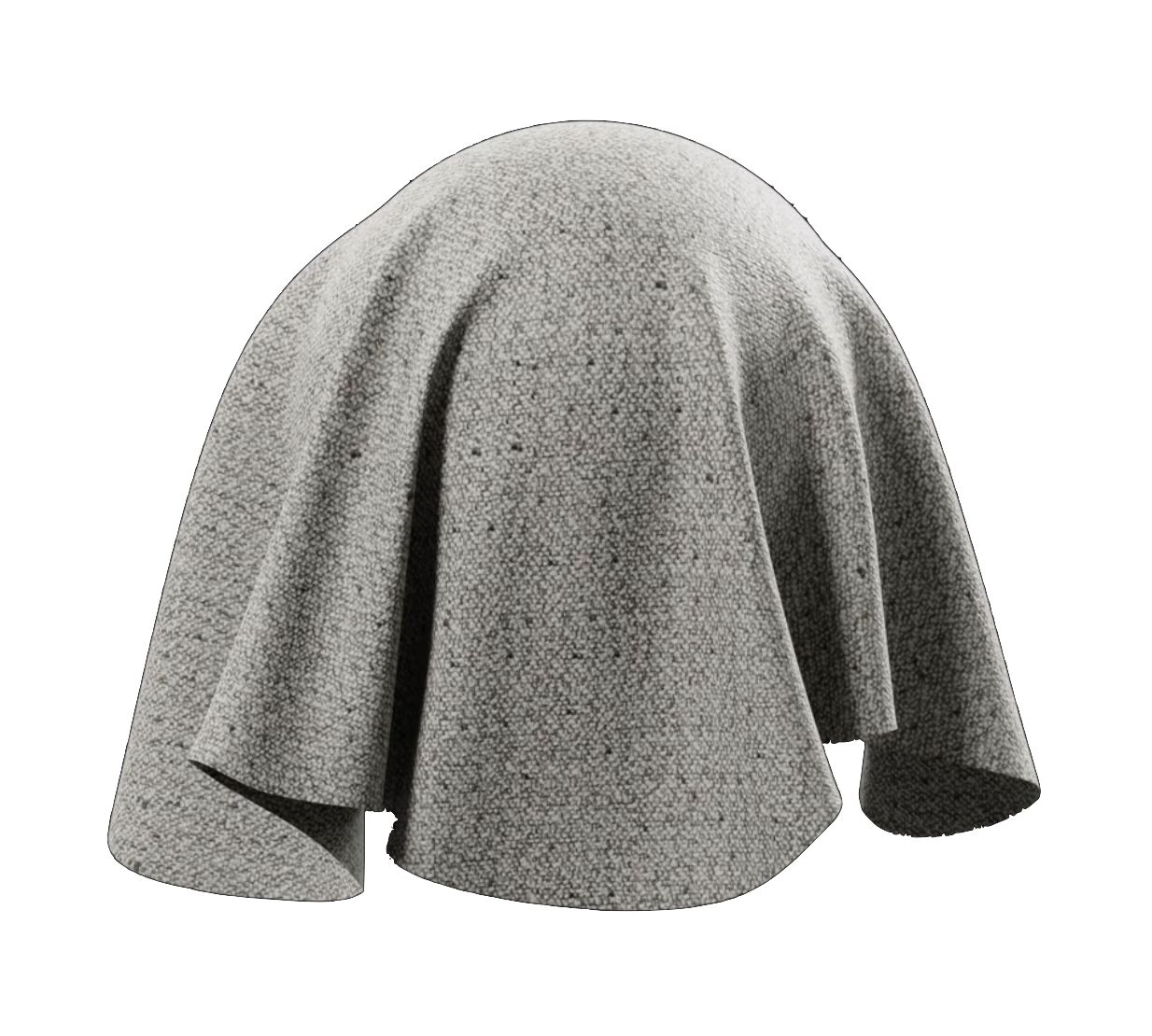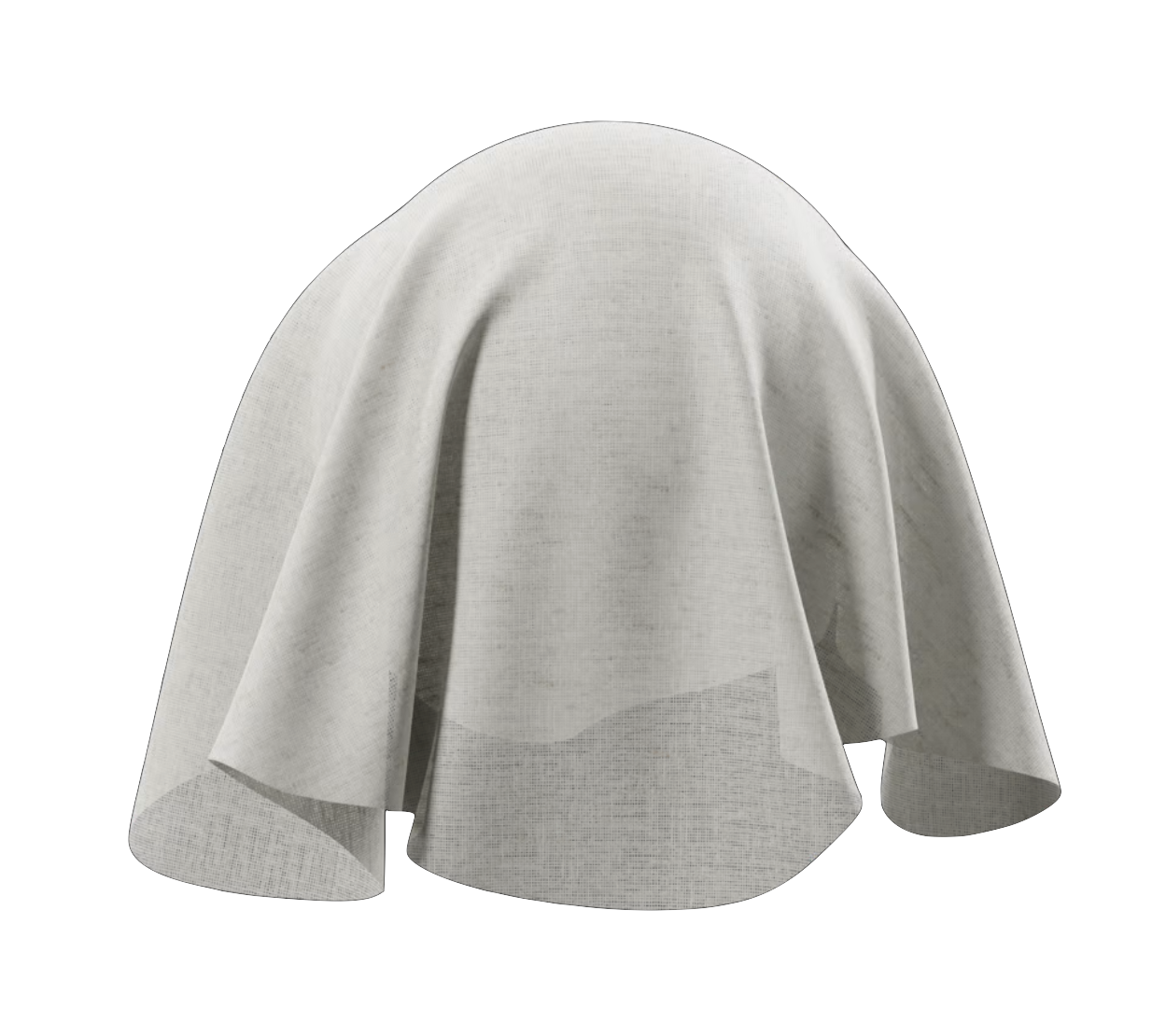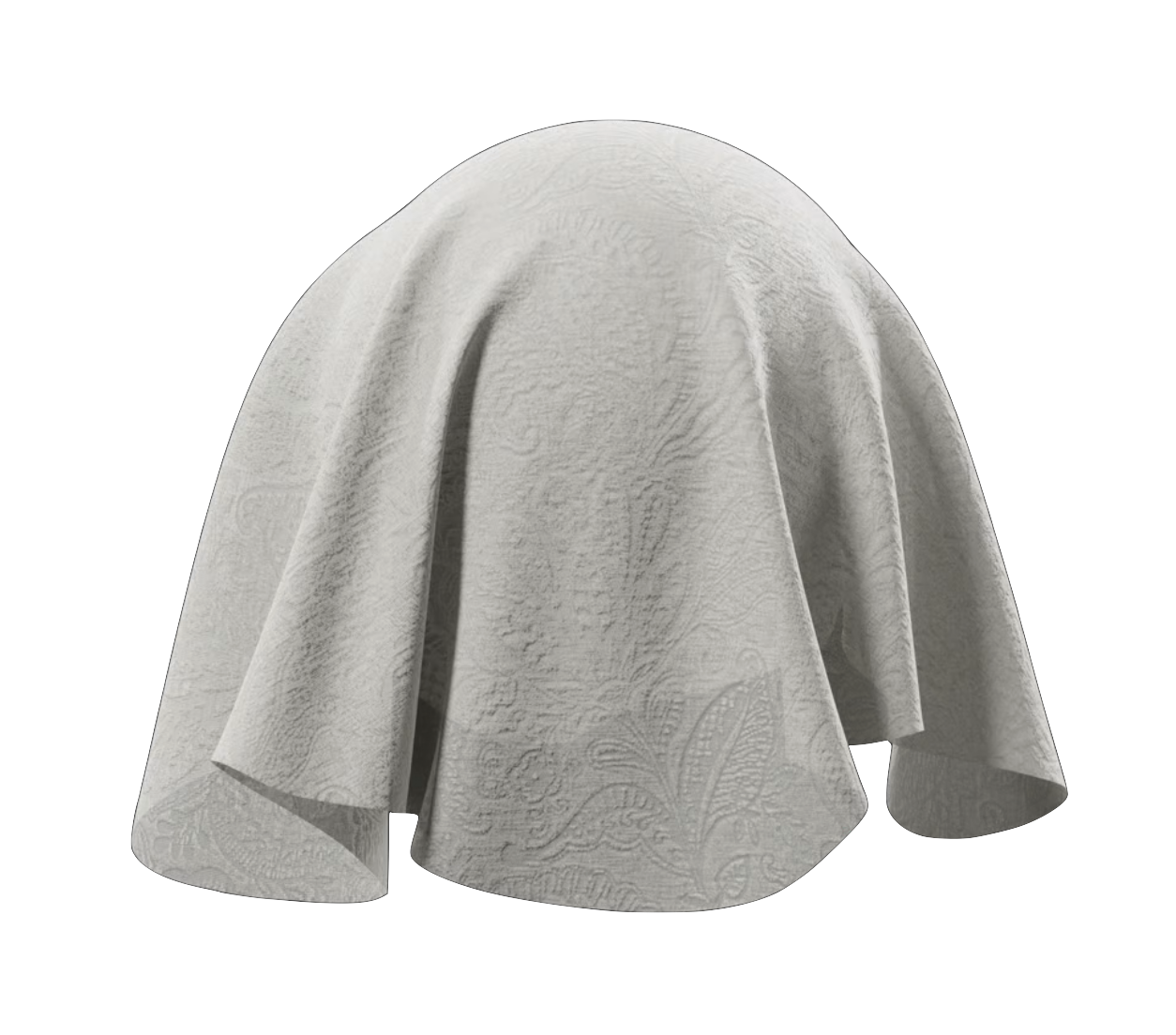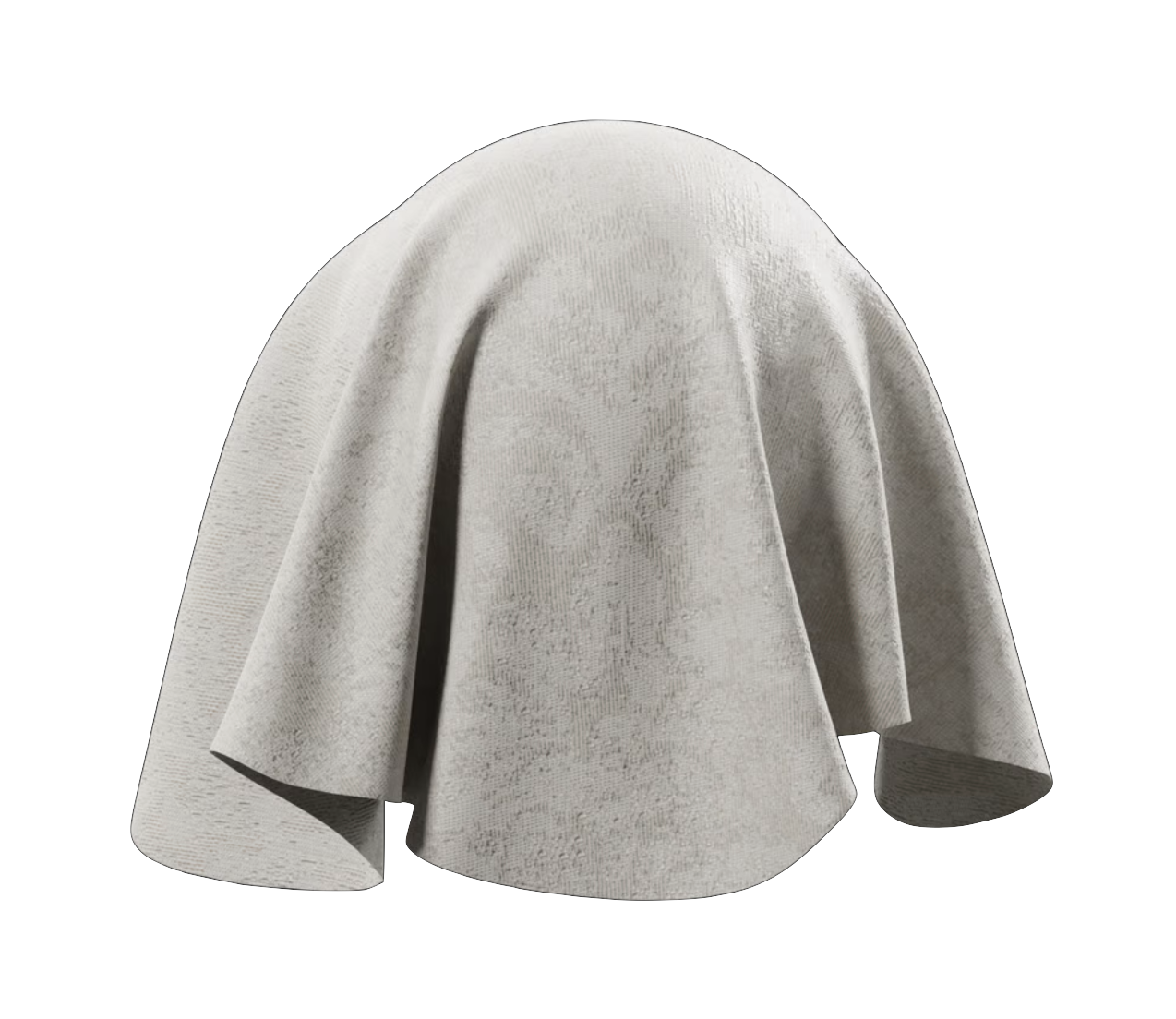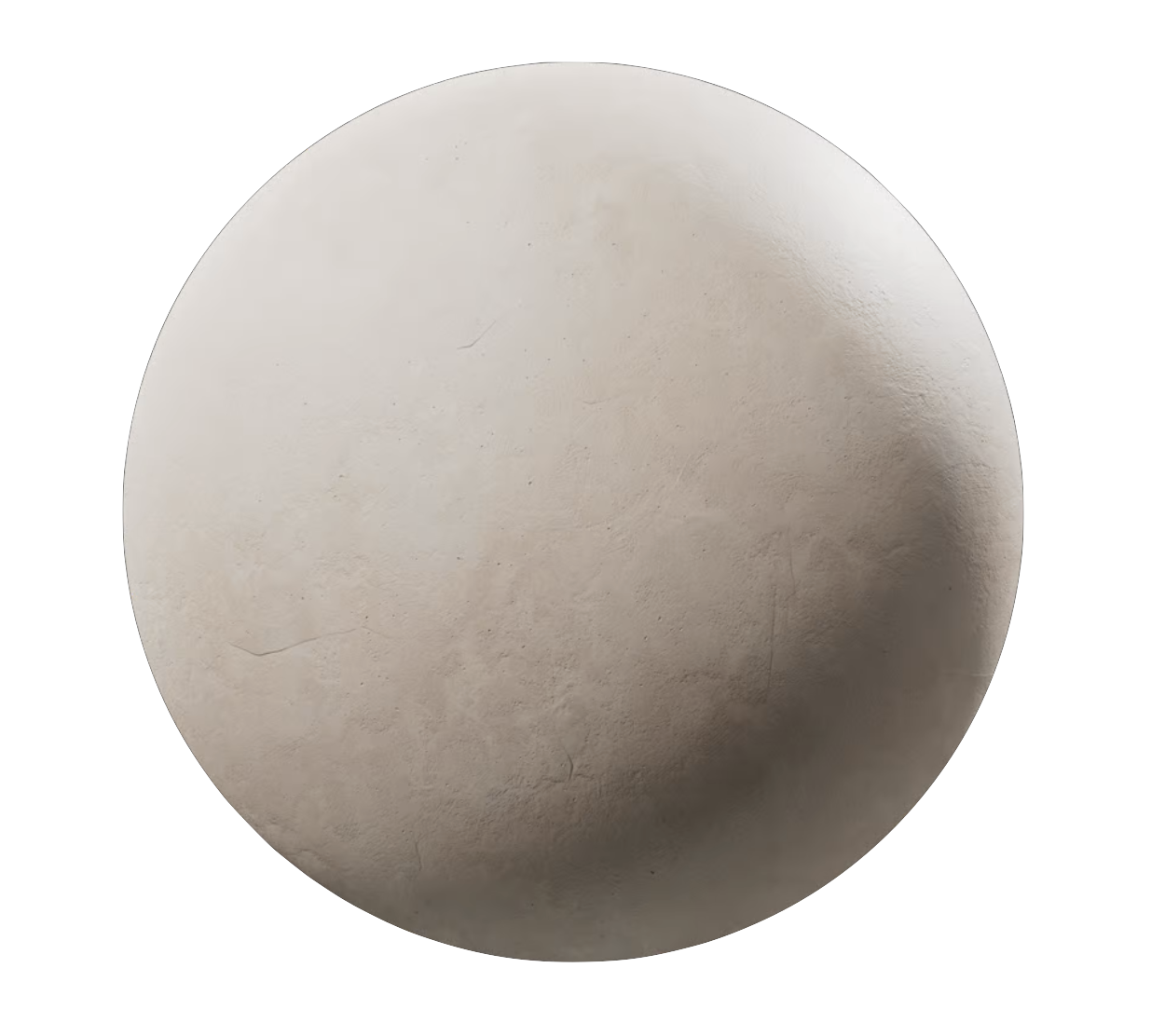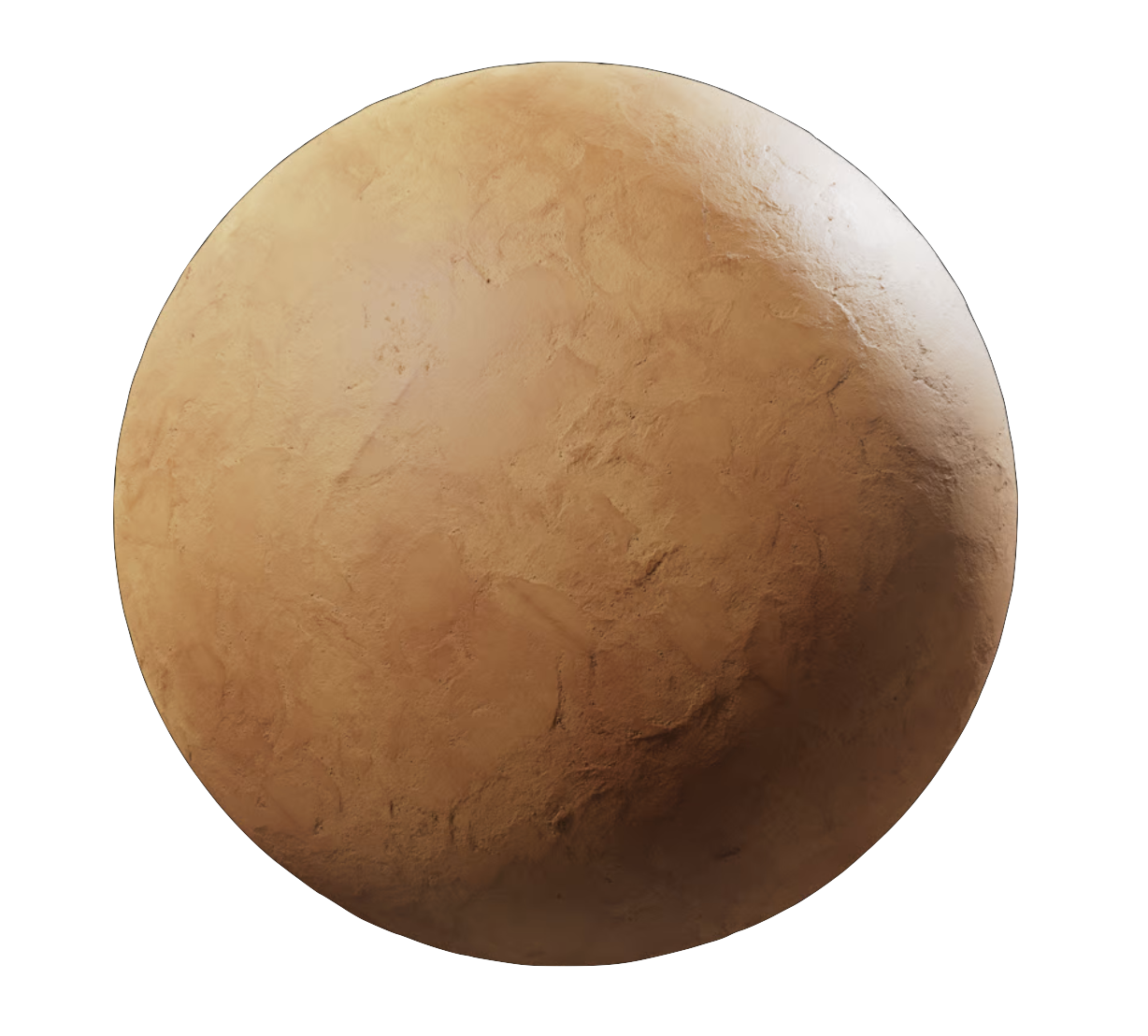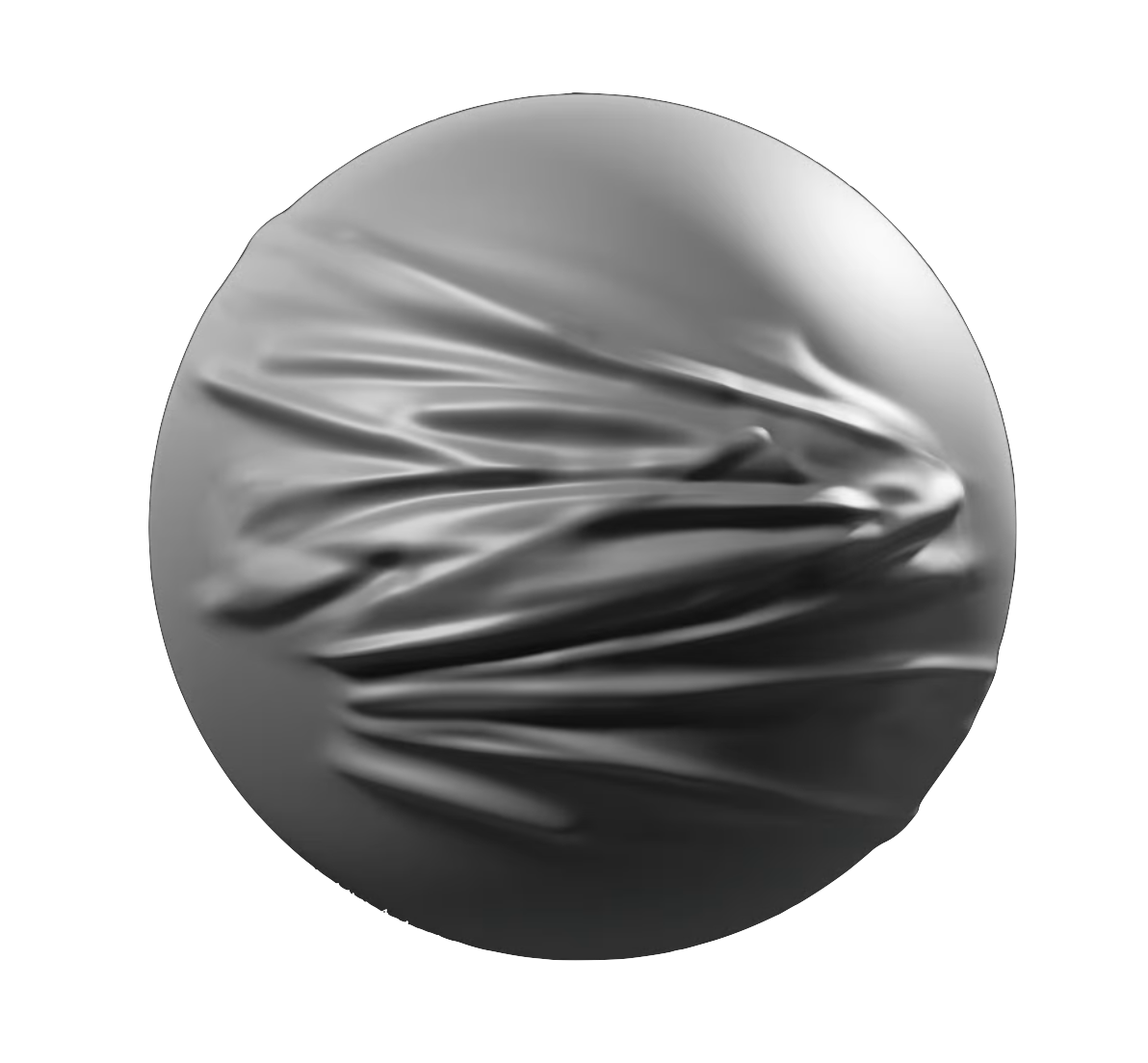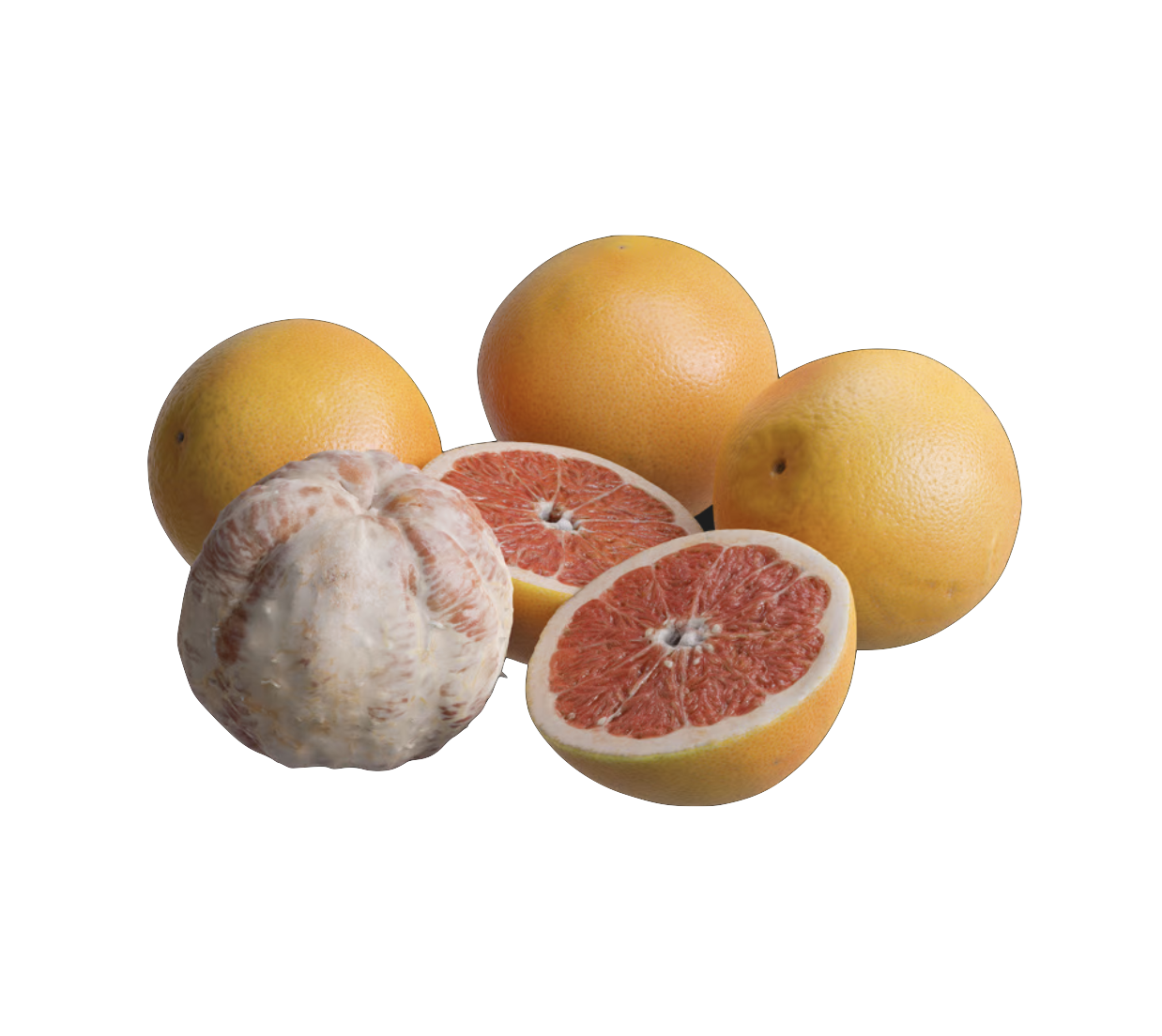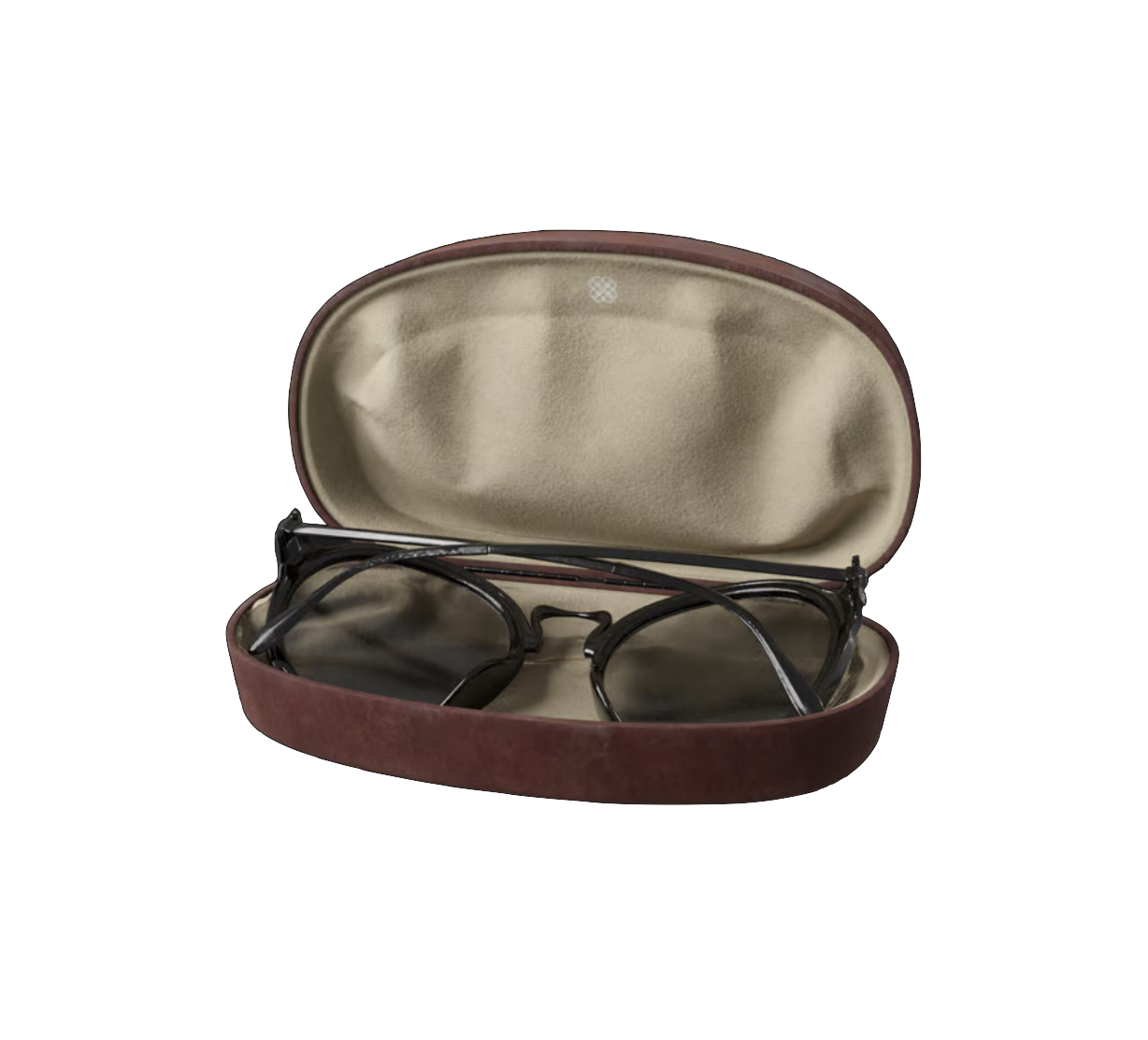Daniel Diaz Del Castillo Reviews Poliigon Textures and Models
We asked 3D archviz artist Daniel Diaz Del Castillo to put our latest assets to the test, from new food models to our latest Twinbru fabric release. Here’s what he had to say.
Q. What’s your process for selecting furniture, decorations and general interior design?
Daniel: “My process for selecting furniture comes most of all from reference images. The furniture that goes into a space must follow the general aesthetic of it. There are a lot of styles in interior design and those styles follow some rules regarding the design of each piece, which are very important if you want a cohesive space, rather than a bunch of random items that you happen to have in your model library.
Another topic that is almost as important is the color palette. I can't stress how important this is for the overall look of the image; you can have the best models and lighting in your scene, but if your color palette is wrong, your image will always feel off.”
Q. How did you find the new Poliigon materials?
Daniel: “The models were very nice indeed! Nice models, easy to use. I’d use them again.
The textures were also good - you can’t find a lot of fabrics on other sites. I’d definitely recommend the Twinbru fabric textures to other artists - the result is good, they’re easy to use and it will help their project along.
Poliigon textures used in this project:
“I think the ‘digital twin’ concept could be really helpful, since the 3D artist can just drag and drop the assets that the client has requested, without thinking about tweaking parameters or anything else.
Making digital catalogs would also be so much easier.”
Q. What did you learn while making this artwork? Were there any 'aha!' moments?
Daniel: “That texturing a model with lots of variation is key to the final look of the image - little imperfections play a big role.
Also, that texturing is an essential part of any kind of project. When you’re looking for a very good representation of reality, you can even trick the eye with just a good diffuse map. So I very much recommend spending a good amount of time working on your textures and details.”
Poliigon models used in this project:
Q. What were the biggest challenges you faced in this piece?
Daniel: “Finding the right inspiration to show a different kind of space (is anyone else tired of seeing the same Scandinavian style over and over again!?).
My inspiration came from this ‘Hotel Castello di Reschio’ project. But I also have a big folder called ‘Inspiration’ on my PC, with lots of inspiring projects - and another folder with just beautiful lighting scenarios that I can look for when searching for that particular ‘look’.
“I’m always looking for anything that attracts the eye - lighting, mood, color, scenery, a film snapshot, good interior design. I have folders of these things in my Cloud service, so I can always refer to it or put some new project or image in it.
I also use tags for Instagram, so I can manage all the content I'm looking at and make sure it’s searchable for when I need it.”
Q. What tips do you have for artists wanting to achieve beautiful lighting? How did you approach it in this image?
Daniel: “Lighting is one of the hardest topics to get right. There are lots of HDRIs and lighting guides out there, so my advice is to only trust renowned artists and sources.
As for the scene, I used a Corona sun and sky system; what is important here is to have a reference photography for what you want to achieve. If you just start spinning values you will end up with unrealistic lighting.
The same applies for HDRIs - you can change all the values, but if you don't have a clear objective, the light will be a hit or miss.”
Q. How long did this render take?
Daniel: “For the final images, it took around 2 hours on a 3950x. The renders have noise, but so do the photographs; my advice here is to forget about 100% clean renders.
Embrace the subtle noise…your images will thank you for it.”
Want to see more from Daniel?



